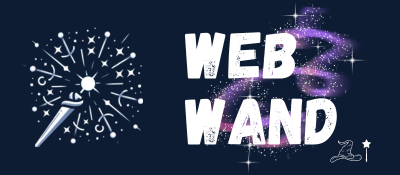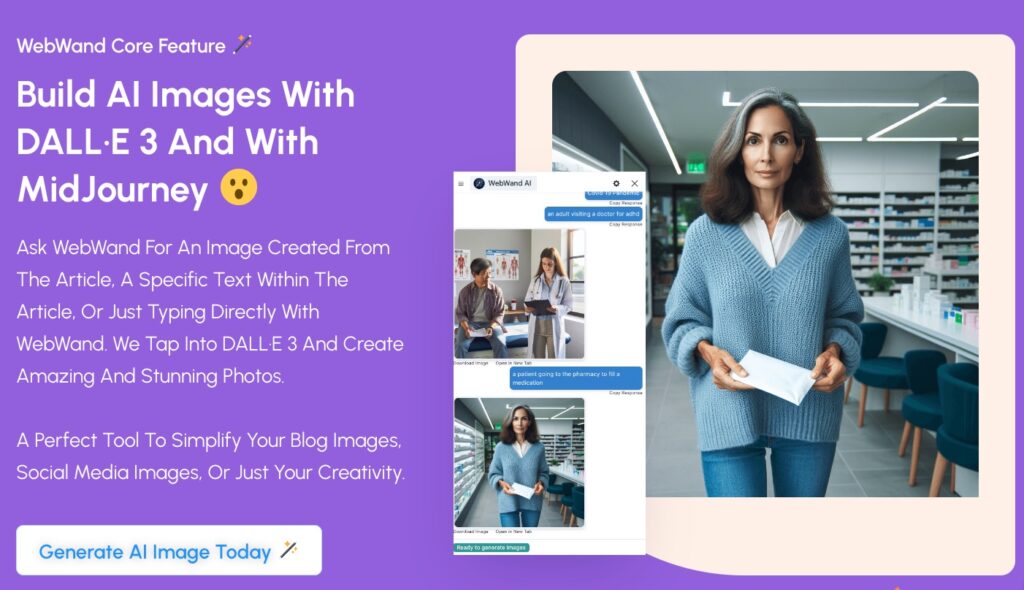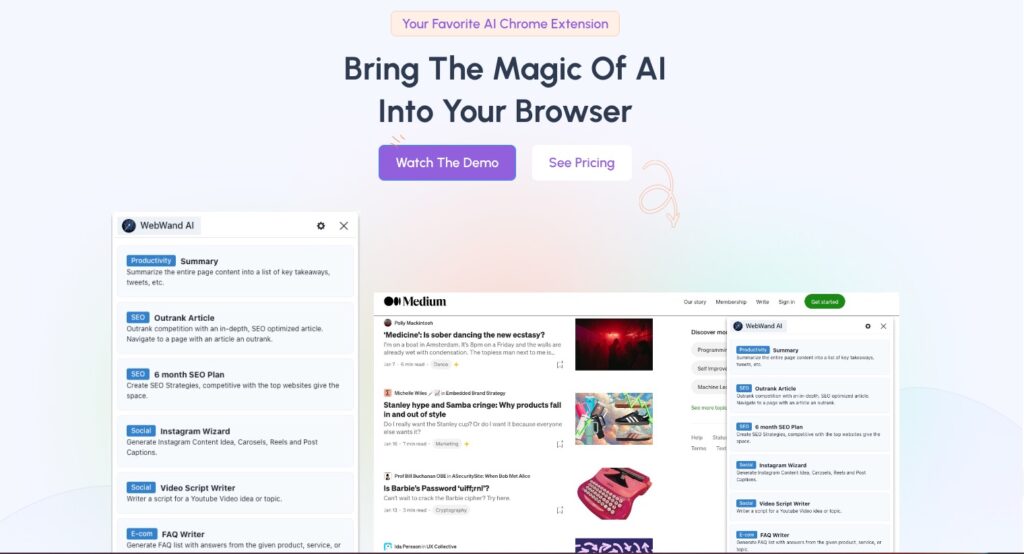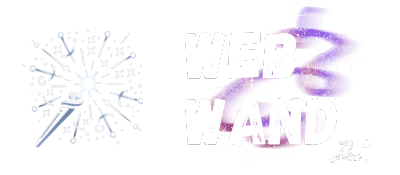The world of art has always been a fertile ground for innovation and creativity. With the advent of artificial intelligence (AI), the possibilities for artistic expression have expanded in ways previously unimaginable.
AI art generators are at the forefront of this revolution, empowering artists and enthusiasts alike to create unique and captivating artwork using cutting-edge technology.
In this article, we’ll dive into the world of AI art generators, explore their potential, and discuss how they’re transforming the creative landscape.
What Are AI Art Generators?
AI art generators are software applications that use advanced algorithms and machine learning techniques to produce visual art. These tools analyze vast amounts of data, including images, colors, patterns, and styles, to generate new and unique artwork.
By harnessing the power of AI, artists can now explore novel aesthetics, experiment with diverse techniques, and push the boundaries of creative expression.
Popular AI Art Generators
Several AI art generators have gained popularity in recent years, each offering distinct features and capabilities:
- Midjourney: This AI image generation tool creates synthetic art by blending multiple images, allowing users to experiment with a wide array of styles and concepts.
- Stable Diffusion: Developed by Hugging Face, Stable Diffusion is an AI model that generates high-quality images using a diffusion-based approach, resulting in visually stunning and detailed art.
- Dall-E: Created by OpenAI, Dall-E is an AI model that generates images from text prompts, enabling users to transform their creative ideas into visual masterpieces with ease.








The Impact of AI Art Generators on the Creative Process
AI art generators have introduced a new dimension to the creative process, reshaping the way artists approach their work and the possibilities for artistic expression.
Here are some key aspects of how AI art generators are changing the creative landscape.
Expanding the Artistic Palette
By using AI algorithms to generate art, artists now have access to a broader range of styles, techniques, and visual elements.
This expanded palette enables them to venture into uncharted creative territories, experiment with unconventional methods, and discover unique artistic combinations that may not have been possible through traditional means.
Accelerating the Creative Process
The speed at which AI art generators can produce artwork has profound implications for the creative process. Artists can quickly iterate through multiple concepts, fine-tune their ideas, and explore different artistic directions with ease. This accelerated pace allows for rapid experimentation, enabling artists to refine their vision and produce a more polished final product in less time.
Bridging the Gap Between Imagination and Reality
AI art generators have the unique ability to translate abstract ideas and concepts into tangible visual representations. By providing a direct link between an artist’s imagination and their creative output, these tools empower artists to bring their visions to life with unprecedented precision and accuracy.
Fostering Collaboration and Interdisciplinary Creativity
The intersection of art and technology at the core of AI art generators encourages collaboration between artists, programmers, and researchers. This interdisciplinary approach fosters a rich exchange of ideas, techniques, and insights, leading to groundbreaking advancements in both the artistic and technological domains.
Challenging Traditional Notions of Art and Authorship
As AI-generated art becomes more prevalent, it prompts critical discussions surrounding artistic authorship, originality, and the role of technology in the creative process. These conversations challenge established notions of art, encouraging artists and audiences to reevaluate their perspectives on creativity and the role of AI in shaping the future of artistic expression.
The Future of AI Art Generators
As AI technology continues to advance, the capabilities of AI art generators will also evolve.
Here are some potential developments we may see in the coming years.
Improved AI Algorithms and Techniques: AI art generators will likely incorporate more advanced algorithms and machine learning techniques, leading to higher-quality artwork and greater creative possibilities.
Integration with Other Creative Tools: We may see AI art generators integrated with other creative tools, such as virtual reality (VR) and augmented reality (AR), enabling artists to create immersive and interactive experiences.
Expansion of AI Art Education and Resources: As AI art gains traction, we can expect an increase in educational resources, workshops, and online courses that help artists and enthusiasts harness the power of AI art generators and understand their potential.
Growing AI Art Community and Collaboration: The AI art community will likely continue to grow and foster collaboration between artists, developers, and researchers. This collaborative environment will encourage the sharing of ideas, techniques, and discoveries, further propelling the development of AI art generators.
From around the web: AI Image Generators
Best AI image generator free
[deleted by user]
by inaiArt
Frequently Asked Questions
Are AI art generators difficult to use?
No, most AI art generators are designed to be user-friendly and accessible to individuals with varying levels of artistic experience. With intuitive interfaces and easy-to-follow instructions, users can quickly create captivating artwork using these tools.
Can AI-generated art be considered original?
Yes, AI-generated art can be considered original in the sense that it is the product of a unique combination of data, algorithms, and user input. While AI art generators draw inspiration from existing sources, the resulting artwork is often distinct and innovative.
How does AI-generated art impact the art market?
The emergence of AI-generated art has generated debate and raised questions about its value and impact on the art market. While some argue that it could democratize the market by making art more accessible, others believe it may challenge traditional notions of artistic authorship and authenticity.
The future impact of AI-generated art on the art market remains to be seen, but it is clear that these tools are fostering new conversations and perspectives on creativity and artistic expression.
Conclusion: Embracing the AI Art Revolution
AI art generators have undoubtedly transformed the creative landscape, offering artists and enthusiasts innovative ways to express themselves and explore new artistic frontiers.
As we continue to witness the evolution of AI technology and its impact on the art world, it is essential to embrace these tools as an exciting opportunity to push the boundaries of creativity and redefine what is possible in artistic expression.
References and Sources
- Forbes (2023). Beyond the Hype: What You Really Need to Know About AI in 2023. Retrieved from https://www.forbes.com/sites/bernardmarr/2023/03/20/beyond-the-hype-what-you-really-need-to-know-about-ai-in-2023/?sh=64ecdcda1315
- Washington Post (2023). Midjourney AI Image Generation Rules. Retrieved from https://www.washingtonpost.com/technology/2023/03/30/midjourney-ai-image-generation-rules/
- HowToGeek (2023). How to Create Synthetic AI Art with Midjourney. Retrieved from https://www.howtogeek.com/823337/how-to-create-synthetic-ai-art-with-midjourney/
- Hugging Face (n.d.). Stable Diffusion. Retrieved from https://huggingface.co/docs/diffusers/stable_diffusion
- Creative Bloq (n.d.). How to Use Dall-E. Retrieved from https://www.creativebloq.com/news/how-to-use-dall-e



